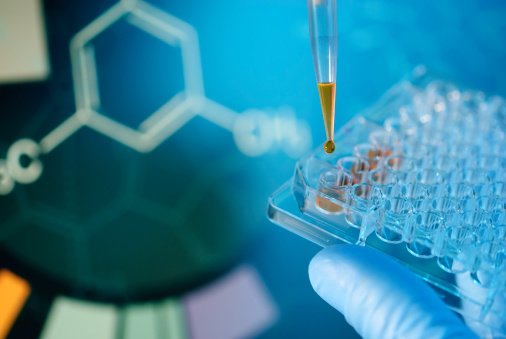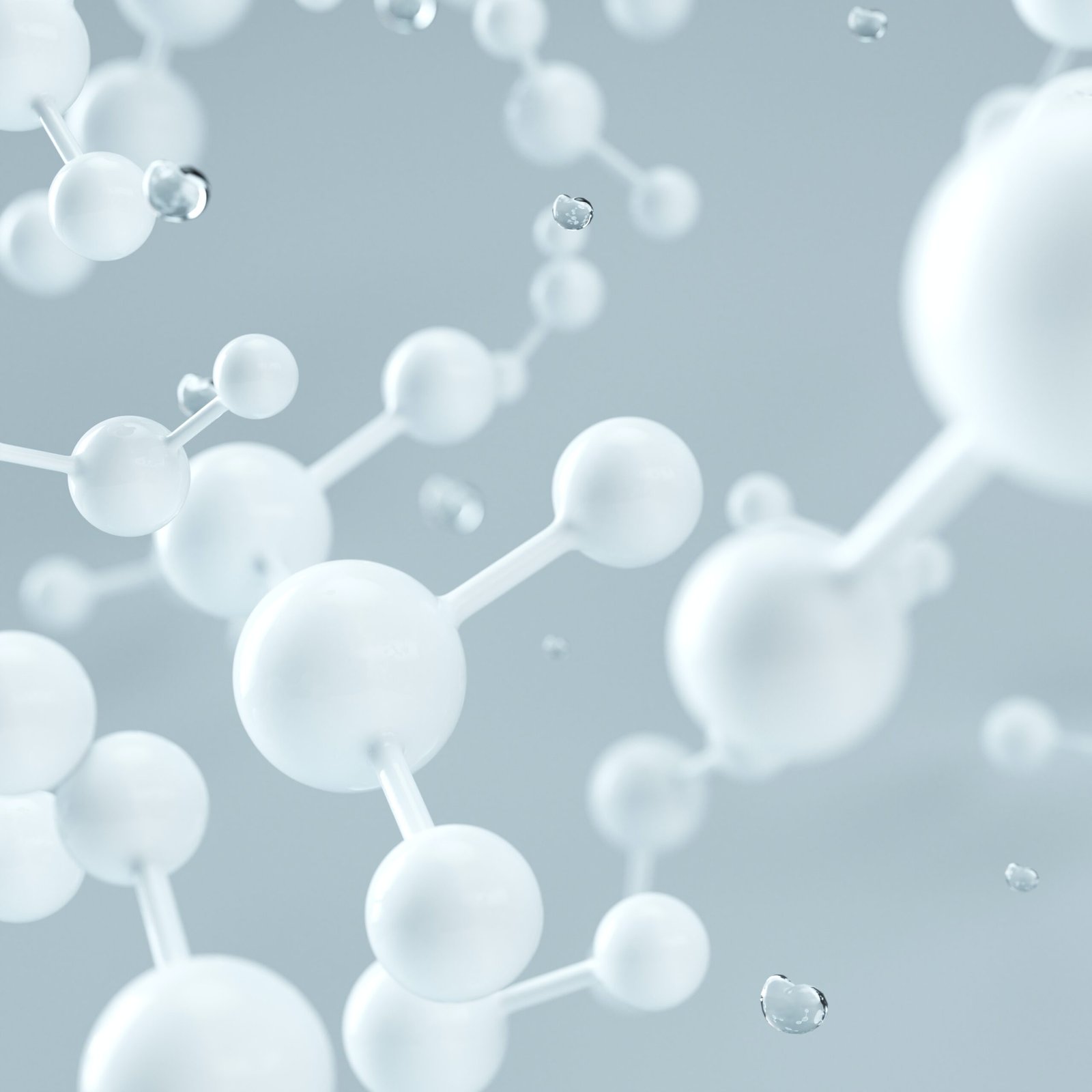Coding with Molecules: Exploring the Breakthroughs of DNA Computing
Before Moving towards DNA computing! Let us discover DNA!
In all living organisms, the information of cells of the body is stored in DNA, and it has the potential of inheritance. It is amazing to know that a single molecule of DNA stores 215 petabytes of data in its strands. So it proves DNA can store a large amount of data.
According to researchers, the total estimated size of data on the internet is 15 zettabytes. Can you imagine! The whole data of the internet, can store within few grams of DNA? Yes, it is possible! Because the DNA has a large capacity of storage in its double-stranded structure.
So the basic concept of DNA computing is the blending of computing technology with the tiny-sized DNA molecule to achieve high storage capability. So, Before going through DNA computing, let us define the DNA!
What is DNA?
DNA is basic heredity material. That stores the data in the form of different nucleotides. Different arrangements of this nucleotide give rise to a variety of DNA structures to encode the information. There are four types of nucleotides in DNA strands.
- Adenine _ A
- Guanine _ G
- Cytosine _ C
- Thymine _ T
What is DNA COMPUTING?
The branch of computing which deals with the blending of DNA’s power with hardware to increase data storage is known as DNA computing. It works on different principles rather than traditional silicon chip computers. So, The term DNA computing is also related to biochips. That will have a large data storage ability.
Discovery of DNA computing
In 1994, a famous cryptographer Leonard Adleman announced that he had solved an intractable problem of “traveling salesman” for which no algorithm was available. This problem is also known as the 7th point’s Hamiltonian problem. He proved that a single molecule of DNA has much computational power to beat the silicon and super-powered computers. Therefore, four basic types of nucleotides in DNA molecules can store billions of times more data than traditional computing devices.
The Futuristic Prospects and Challenges of Molecular Computing
The field of DNA computing leverages the unique properties of DNA molecules to perform computations. In 1994, computer scientist Leonard Adleman at the University of Southern California conducted a groundbreaking experiment that demonstrated the possibility of using DNA to solve computational problems.
Adleman used short strands of DNA to represent cities and airports, then allowed these molecular “building blocks” to self-assemble into potential solutions to the famous traveling salesman problem of finding the shortest route connecting multiple cities. This experiment showed that DNA could solve complex mathematical problems.
The key to DNA’s vast computational potential lies in its inherent parallelism, massive storage capacity, and ability to recognize complementary nucleic acid sequences. DNA computing pioneers propose arranging DNA strands to mimic silicon-based logic gates and circuits. Molecular algorithms encoded in DNA molecules could potentially solve problems far beyond conventional computers’ capabilities.
Researchers have already assembled DNA-based logic gates performing Boolean operations and more. DNA origami techniques enable precise organization of DNA into nanoscale structures. Scientists speculate that DNA computers may one day be used for applications like cracking encryption codes, modeling neural networks, and rapid medical diagnostics.
However, many challenges remain in developing fully programmable DNA-based computers. Controlling the heterogeneity and complexity of molecular interactions at scale is extremely difficult. Still, steady progress in both computer science and molecular biology continues to push DNA computing forward. If the futuristic vision of data storage and processing using the raw compute power of trillions of DNA molecules were achieved, the implications could be profound.
In summary, pioneers have experimentally validated DNA’s viability for computation, but practical DNA computers remain aspirational. Nevertheless, DNA computing remains an extremely promising field that may enable unprecedented applications if key milestones in cost, control, and scale can be attained.
How does DNA computing works?
The main purpose of DNA computing is to encode the data in strands of DNA by using molecular biology as a tool, to perform the computational operation.
The principle of encoding in DNA computers is quite different from the traditional computers as it uses four nucleotides rather than 0 and 1. The four encoding characters of DNA include adenine, guanine, thymine, and uracil, as A, G, T, and C. Encoding of data became possible due to these four characters rather than 0 and 1 of binary form. As we perform larger tasks with binary coding. So, how does DNA encoding operate efficiently!
With time, the operation of the traditional computer is becoming complex. There is a need for massively parallel computation like DNA computing to perform complex tasks. Hence it proves through a statement that a single test tube of the sample contains trillions of DNA strands. A single operation will execute at the same time on all of the strands parallel way. Thousands of possible solutions to the single problem will arise from this type of computing.
Therefore, the effective use of DNA computing can solve complex problems. In DNA computing, computation is carried out on a test tube coated with a 24 karat gold sheet. The input and output both are in form of DNA strands. To obtain the output multiple biological operations are performed. Such as synthesizing, mixing, annealing, and amplifying.
Applications of DNA Computing
After the first experimentation on this technology, it was under discussion that DNA can revolutionize computing science. So, here we will discuss the applications of DNA computing one by one.
Security and Forensics
The DNA stores the information of an organism and can help in a criminal investigation. You may have watched in different TV serials that a single hair can provide the identification proof of an organism.
Medical purposes
This technology can help in the diagnosis of genetic diseases in humans, like thalassemia, Diabetes, color blindness, and hemophilia. It assists to find out the abnormalities in the fetus.
Bioinformatics
It is a branch of biology deals with the study of a different protein and its formation. This technology also assists information on new beneficial proteins that can revolutionize molecular biology.
Advantages and disadvantages of DNA Computing
It is an advanced technology that allows high parallel computation. That elevates the processing speed of chip computers. Along with this, it has the following advantages.
- Rather than traditional storage, DNA requires a memory space of 1 bit per cubic nanometer that is very small. Thus, DNA can store a large amount of data in a small space.
- It usually operates on the energy released from the bond formation in the molecule, so energy consumption is less than other computers.
Some of the downsides of this type of computing are as follows:
- However, it is not easy to operate computational operations without using special tools, which obtain the output from it.
- There are more chances of errors due to a mismatch of DNA molecules during computation. So, these errors are significant as it changes the output.
- Excess knowledge on DNA formation is necessary to operate the computing operations. So, firstly software engineers have to learn about them before DNA computing.
Future of DNA computing
We are shifting from traditional methods to advance ones. We have to shift from silicon chip computers to biochips for high data storage. Hence, DNA computers will replace traditional ones in the future to revolutionize data science!
For more informative tech blogs. Visit: https://softtechgenics.com/






